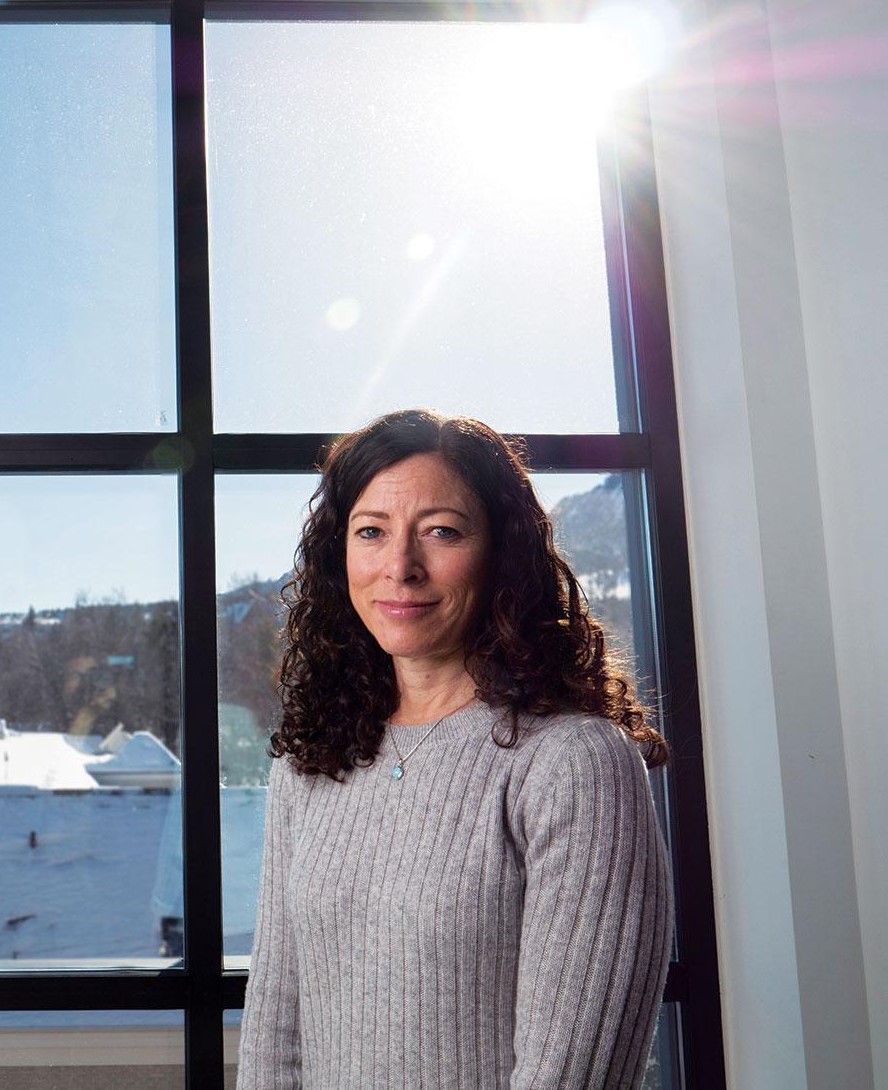Stop the Violence
by Christie Sounart
Beverly Kingston (PhDSoc’05) directs CU Boulder’s Center for the Study and Prevention of Violence (CSPV). Here she discusses preventive measures for children and mass shootings, and what needs to be done for the violence to end.
Do you define violence the way the rest of us do?
I use the Centers for Disease Control and Prevention’s definition of violence, which says youth violence occurs when young people between the ages of 10 and 24 intentionally use physical force or power to threaten or harm others. At our center, we don’t only focus on violence. We also look at anything that gets in the way of positive, healthy youth development.
What attributes do violent people tend to share?
We talk about risk and protection factors, similar to risk factors for cancer or heart disease. The more risk factors you have, such as a teenager engaging with delinquent peers or weak prosocial ties, and the fewer protective factors you have, such as supportive parents, the higher the likelihood of problems and violent behaviors.
America seems especially violent. Why?
We’re not systematically addressing the underlying root causes of violence. We need to put resources into supporting the healthy development of our kids, our schools and our communities.
What can we do about mass shootings?
I use the tip of the iceberg analogy. At the tip are the shootings — what make the news. We were called quite a bit after Las Vegas, and what we say is, ‘You’ve got to look underneath.’ We know 20 to 25 percent of middle school students report being bullied in the past 30 days. Eighteen percent of our high school kids have seriously considered suicide in the past year. In middle school, it’s about the same. Twenty-three percent of high school students reported being in a physical fight in the past year at school.
There’s a lot of hurting kids, and a lot of lower levels of violence going on. Mass shootings are going to keep happening if we don’t take a comprehensive public health approach to addressing youth violence and these sufferings of our children. The good news is we know a lot about what works to prevent violence. If we were able to put into place what works, we could reduce violence by 30 percent.
Your work focuses on violence prevention in young people. Why’s that?
The best violence prevention begins early and continues through childhood and adolescence — we’ve tested effective programs to prevent violence throughout the life course. We also have intervention programs for those youth already engaged in violent behaviors that can substantially reduce the likelihood of serious violence and offer enormous cost savings to society.

